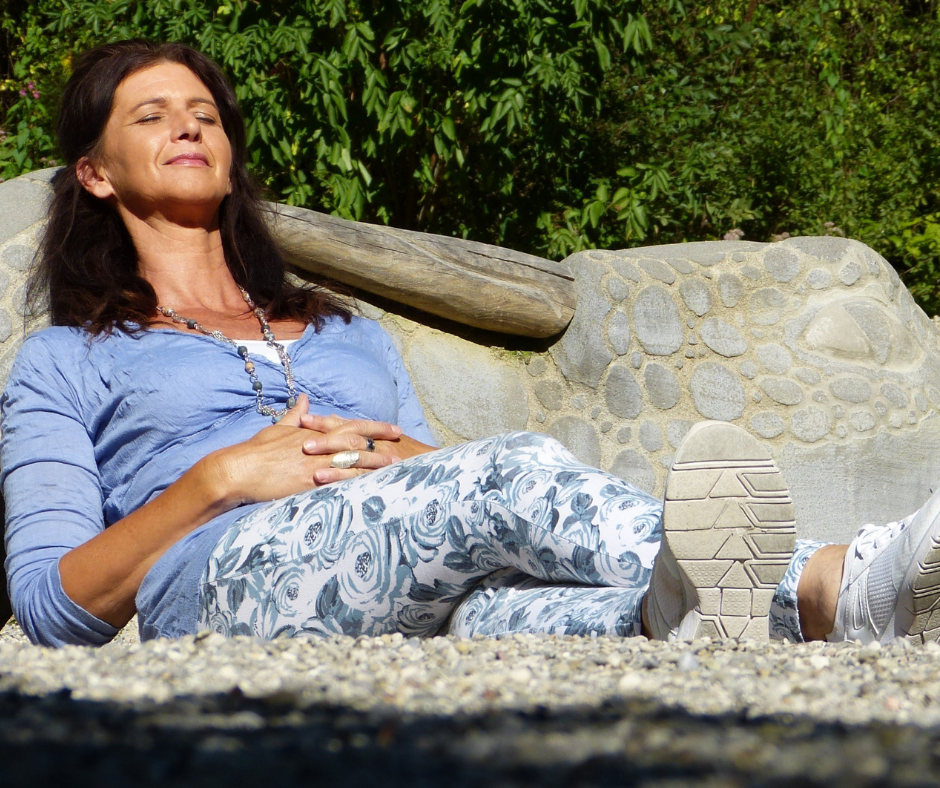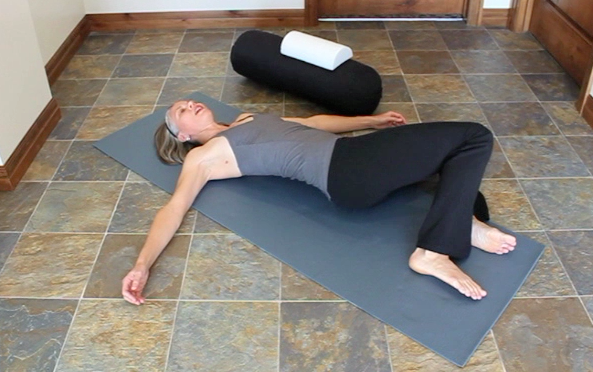| In my last post I talked about the Autonomic Nervous System using the analogy from the Polyvagal Theory of a traffic light:
|
Breath is the one thing we can do to mediate the ANS
Optimal Breathing Pattern. The importance of CO2 as well as O2
Breathing variations to mediate the ANS: Coming back to the safety zone or green light
- Canister Breathing: Movement of the muscles in the breath cycle during quiet breathing: diaphragm, abdominal wall, pelvic floor and ribcage all move proportionally together.
- Balanced Breathing: This breath is great to bring the system into coherence and presence. Inhale and exhale are even. Example: inhale is 4 seconds, exhale is 4 seconds.
- Silent Breathing: This breath is great to do to distract the brain from breathing and give the system a different task: pay attention to the silence rather than the breath. I give this to clients who try to "Make" the breathing happen and are doing a lot of "Efforting" and excess to get the abdominal wall to move in 3D. The quiet helps the system respond more efficiently. Plug ears so you can't hear inside your head. Adjust your breathing so you don't hear the breath in/out.
- Slower Rate and Longer Exhales: This breath allows your system drop into a relaxation response. Slow your breathing rate and let your exhale go as long as you can (make sure you don't force your breath out and push; be gentle).
- Using sound to enhance the relaxation response: Let your vocal cords open (typically vocal folds are more open in the lower tone range) as you resonate your sound on the exhale into your lower abdomen and pelvic bowl (many women will do this innately during labor to open the pelvic bowel and the pelvic floor). I like to use: "voo" as demonstrated in the video, or you could use "Ahh" or "OM". This method is particularly helpful for high muscle tone in pelvic pain.












 RSS Feed
RSS Feed